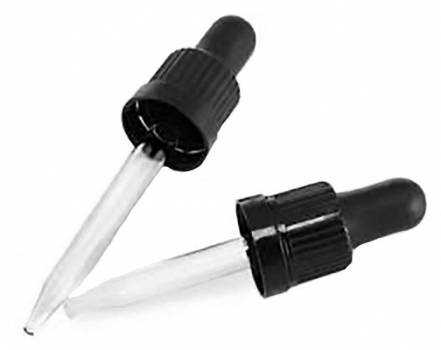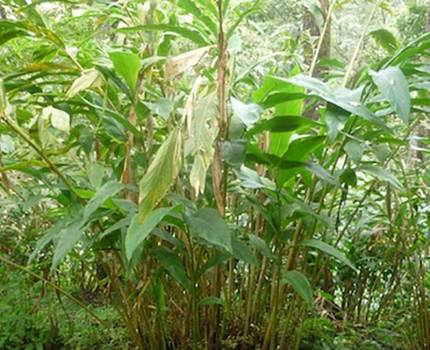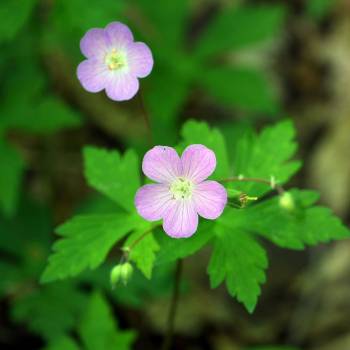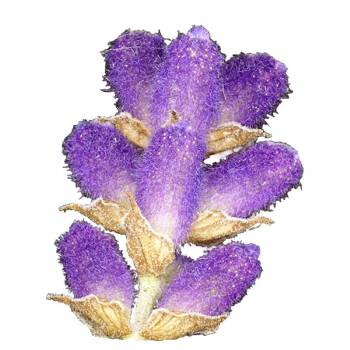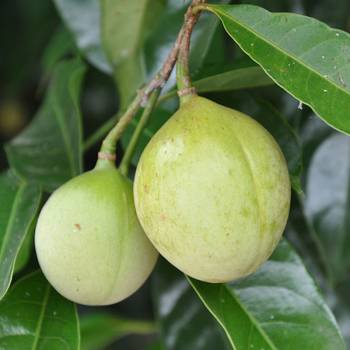Welcome Sign in
Product successfully added to your shopping cart
There are 0 items in your cart. There is 1 item in your cart.
Cajeput - Melaleuca leucadendron var. cajuputi
Improves mood, increases resistance to infections. A good 'unwinding' oil. Can be used in a steam inhalation to help clear the nasal passages, also helpful when treating oily skin and spots.
New
Available
Data sheet
| County of Origin | Indonesia |
| Therapeutic Properties | Analgesic, Anti-asthmatic, Anti-bacterial, Anti-fungal, Anti-inflammatory, Anti-microbial, Anti-oxidant, Anti-septic, Anti-viral, Cephalic, Decongestant, Energizing, Expectorant, Mucolytic |
| Botanical Family | Mytaceae |
| Chemical Family | Monoterpenes, Oxides |
| Approx. Shelf Life | 4 - 5 years |
| Plant Parts | Leaves & Stems |
| Note Classification | Middle |
| Method of Extraction | Steam Distilled |
| Blends well with | Bergamot. Birch, Cardomom, Clove, Geranium, L avender, Myrtle, Nutmeg, Rose, Thyme |
More info
History: The Eastern cultures have a long history with Cajeput. Often grown as an ornamental because it is so beautiful. Used in Java for cholera and rheumatism. Used in Africa and Asia as an insecticide and parasiticide. Aborigines used crushed cajeput leaves rubbed on the skin to relieve aches and pains. They also steeped in leaves in hot water to pour onto affected areas. Smelling the leaves helped headache pain.
Characteristics: Cajeput Essential Oil has a fresh, camphorous aroma resembling the combined fragrances of camphor, rosemary, and cardamom, with a slight fruity note; a middle note with a medium strength aroma. Cajeput being the Indonesian for 'white wood', it is part of the Melaleuca family and is used much in the same way as its cousin, Tea Tree. Cajeput is a melaleuca like tea tree, but cajeput has a high percentage of cineole which is found in eucaplyptus. This is what gives cajeput it expectorant properties. Used in dentistry and pharmaceutical work, as an antiseptic in expectorant and tonic formulations, throat lozenges, and gargles. Used as a fragrance and freshening agent in soaps, cosmetics, detergents and perfumes. Cajeput is part of a large group of plants called tea trees or melaleucas. In Malaysia it is called "caju-puti" meaning white wood because of the color of the timber.
Clinical Studies:
Indications: Used for insect bites, oily skin, arthritis, muscular aches and pains, rheumatism, asthma, bronchitis, catarrh, coughs, sinusitis, sore throat, cystitis, arthritis, urinary infections, colds, flu, and viral infections. Used to improve circulation, calm, reduce stress, open sinus and breathing passages, relieve aches and pains, disinfect, repel insects. Antimicrobial, antineuralgic, antispasmodic, antiseptic, balsamic, calmative, carminative, cicatrizant, counter-irritant, decongestant, diaphoretic.
Personality Profile:
Subtle Aromatherapy:
Mode of Administration: Bath, diffuser, ear oil, gargle, inhaler, liquid candle, massage, mist spray, steam inhalation, throat lozenges.
Safety: Dilute before use; for external use only. May cause skin irritation in some individuals; a skin test is recommended prior to use. Contact with eyes should be avoided.




